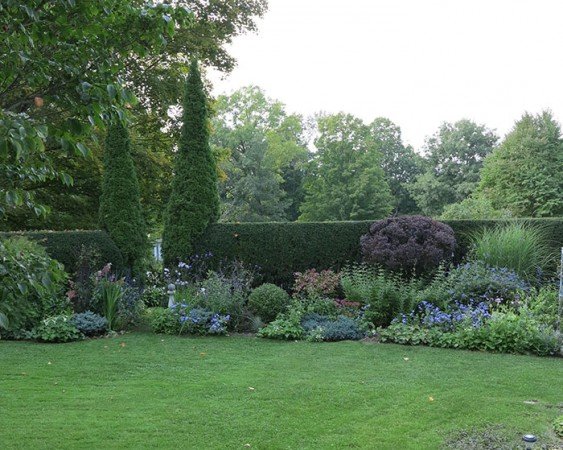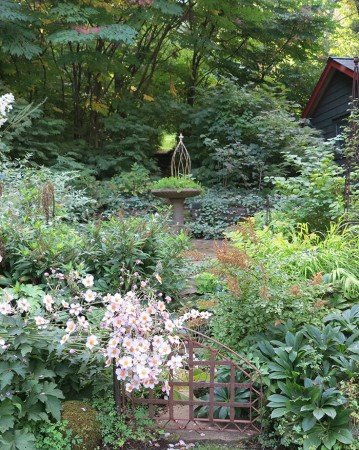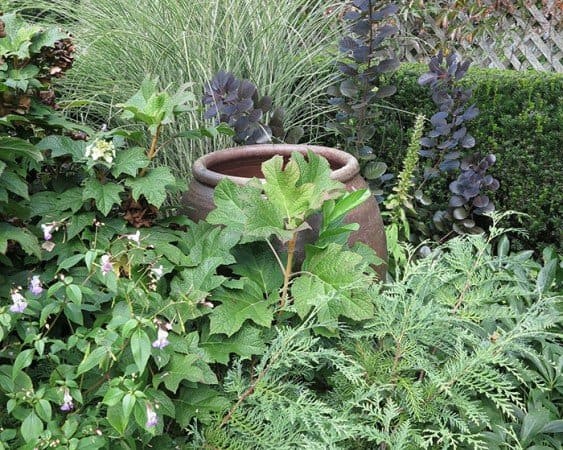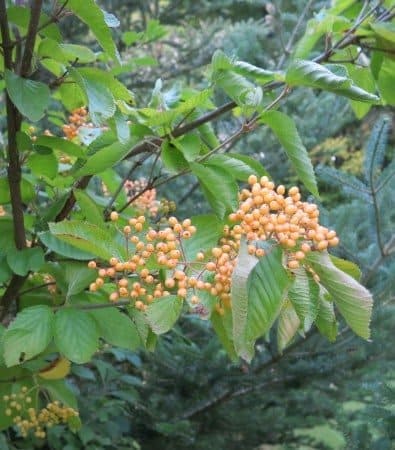
Visiting a home garden is one of the best ways to learn how certain plants perform in a landscape. It’s an opportunity to see how they mature and what they look like paired with others. If the garden is located in your neighbourhood, so much the better: What grows down the street from you will likely succeed in your own plot, too. However, visiting gardens farther afield also provide lots of inspiration, especially garden design ideas that can be transplanted to your own space.
Recently, I had the opportunity to visit two beautiful gardens in The Berkshires of New York participating in the Garden Conservancy’s Open Days Program, which opens private gardens to the public as part of its mission to promote the role of gardens in culture and to raise funds for its projects. The conservancy’s main mandate is to preserve significant gardens in the U.S., and currently has 15 under its stewardship.

Margaret Roach, creator of the popular blog A Way to Garden (awaytogarden.com), author and former editor of Martha Stewart Living magazine, gardens organically on two acres in a secluded area near Taconic State Park. Her 25-year-old garden is well-documented photographically on her blog, so seeing it firsthand was a bit of a déjà vu experience. It’s a thoughtful, welcoming garden, filled with plants that pull their weight in every season. In September, viburnums and hollies are laden with berries, tasseled grasses wave in the breeze and fat butternut squash loll about in raised beds. Late- and long-blooming anemones, toad lilies and angelica seedheads add flashes of colour, but her garden is really an ode to foliage. It’s a personal garden, too, created to sustain Margaret and the creatures she shares it with — anyone who reads her blog knows of her affection for her resident frogs.

Lynden Miller, a designer of public gardens in New York City and director of The Conservatory Garden in Central Park, lives in Connecticut’s Litchfield County. Her 30-year-old garden is more formal, with a deep, curving perennial border of purple, rose, blue and cream facing the back of the terrace and backed by a precisely pruned enormous yew hedge. The hedge must have been at least 200 feet (30 m) long with three openings to allow someone to peek or stroll into the areas behind it. The centre gap opens onto a long, straight path, flanked with matching beds of tall, purple ageratum. At the end is a simple white bench. Another opening leads into a cutting garden and smaller seating area, while the third opening reveals a large, shady garden laced with narrow, winding paths.
What did I learn from these two gardens, so different from each other and so different from my own? That symmetry and balance have a place in even the most naturalistic and plant-based design — they bring order to chaos. That a house is the main focal point of any home garden, and plantings that knit our home to the area surrounding it make for a unified landscape. That tall plants, self-seeding plants, and those that are allowed to spill and interlace with each other add a cozy sense of enclosure.
Most of all, I learned that the end of the growing season — when vegetable beds look a little deflated, the phlox is mildewed and the edges of leaves are beginning to crisp — needn’t be the leitmotif of a fall garden. While a beautiful spring garden is easy to achieve with bulbs and spring-blooming shrubs, and a summer garden bursts with colourful annuals and ripening fruits and vegetables, a well-planned fall garden offers a rich, quiet beauty that leads us gently into winter.

